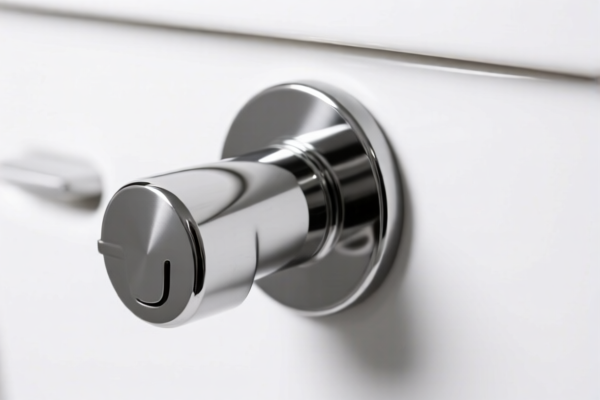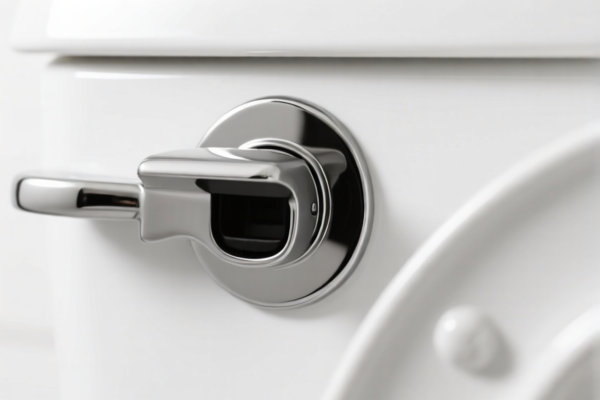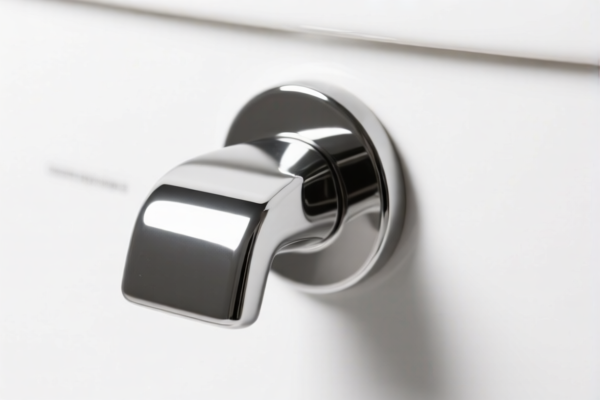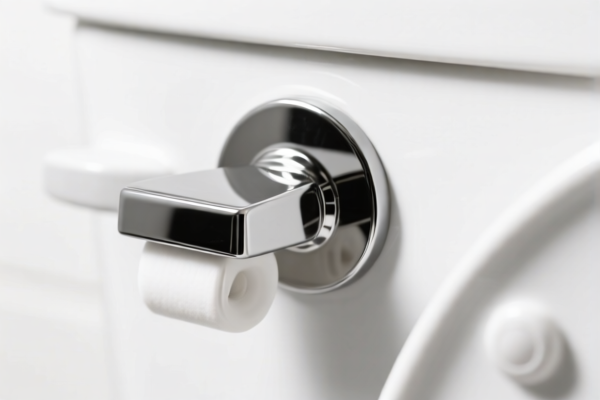| HS Code | Official Doc | Tariff Rate | Origin | Destination | Effective Date |
|---|---|---|---|---|---|
| 8481809010 | Doc | 57.0% | CN | US | 2025-05-12 |
| 8481809050 | Doc | 57.0% | CN | US | 2025-05-12 |
| 8424201000 | Doc | 57.9% | CN | US | 2025-05-12 |
| 6910100005 | Doc | 35.8% | CN | US | 2025-05-12 |
| 6910100015 | Doc | 35.8% | CN | US | 2025-05-12 |




Flusher
A flusher is a device used to remove waste from toilets. It initiates the process of draining the toilet bowl and refilling it with fresh water. The term can refer to various mechanisms, historically and currently employed.
Types & Mechanisms
Flushers can be broadly categorized by their operating mechanism and tank configuration:
- Gravity-Feed Flushers: These are the most common type. They rely on the weight of water stored in a tank to create the pressure needed to expel waste.
- Tank-Type Flushers: Utilize a tank positioned above the bowl. When the flush handle is activated, it lifts a flapper or flush valve, releasing water from the tank into the bowl. The bowl’s shape and the siphon effect then remove waste.
- Close-Coupled Flushers: The tank is directly attached to the bowl, a common modern design.
- Wall-Hung Flushers: The tank is concealed within the wall, offering a sleeker aesthetic and space-saving benefits.
- Pressure-Assisted Flushers: These use compressed air within the tank to increase the flushing power. They are known for their efficient and forceful flush, and are often used in commercial settings or for toilets prone to clogging.
- Dual-Flush Flushers: These offer two flushing options: a full flush for solid waste and a half flush for liquid waste, conserving water. They utilize a split tank or a mechanism within a single tank to achieve this.
- Siphon-Jet Flushers: A type of gravity-feed flusher that uses a jet of water to initiate the siphon action, improving flushing efficiency.
- Washdown Flushers: Common in Europe and some other regions, these rely on the force of the water entering the bowl to push waste through the trapway. They typically have a more open bowl design.
Purpose & Function
The primary purpose of a flusher is to:
- Waste Removal: Effectively remove solid and liquid waste from the toilet bowl.
- Hygiene: Maintain sanitary conditions by removing waste and replenishing the bowl with fresh water.
- Odor Control: Help prevent odors by quickly removing waste.
Usage Scenarios
Flushers are integral to:
- Residential Bathrooms: Standard in most homes.
- Commercial Restrooms: Public restrooms, offices, schools, and other high-traffic areas.
- Industrial Facilities: Used in specialized toilets for various applications.
- Marine Applications: Specialized flushers designed for boats and other marine vessels.
Materials
Common materials used in flusher construction include:
- Porcelain: Used for toilet bowls and tanks due to its durability and resistance to staining.
- Plastic: Used for flush valves, handles, and internal components. Often ABS or polypropylene.
- Metal: Used for some components like fill valves and flush levers, often brass or stainless steel.
- Rubber: Used for flappers and seals to ensure a watertight connection.
Based on the provided information, “flusher” can be classified under the following HS codes:
- 6910100005: Ceramic sinks, washbasins, washbasin pedestals, baths, bidets, water closet bowls, flush tanks, urinals and similar sanitary fixtures: Of porcelain or china Water closet bowls, flushometer type. This code covers water closet bowls of porcelain or china, specifically those of the flushometer type.
- 6910100015: Ceramic sinks, washbasins, washbasin pedestals, baths, bidets, water closet bowls, flush tanks, urinals and similar sanitary fixtures: Of porcelain or china Flush tanks. This code applies to flush tanks made of porcelain or china.
According to the provided reference material, the HS code options related to 'flusher' are limited, with only the following 2 found.
Regarding HS code 6910100005 and 6910100015, the basic duty is 5.8%, with no additional tariffs currently applied. However, a 30.0% additional tariff will be imposed after April 2, 2025.
Customer Reviews
No reviews yet.